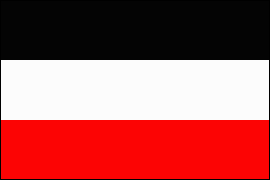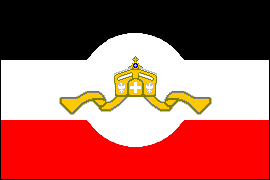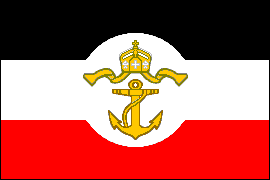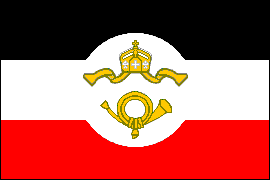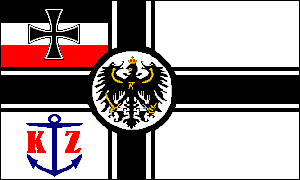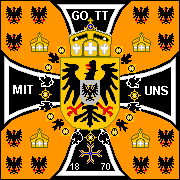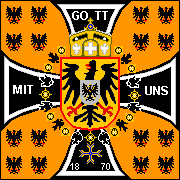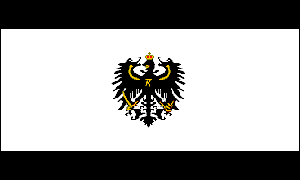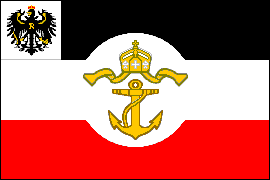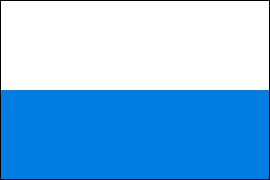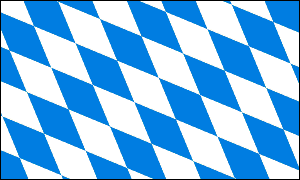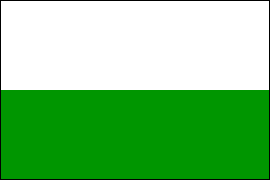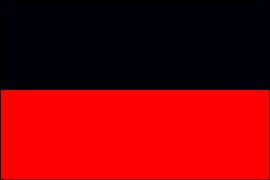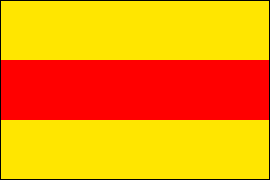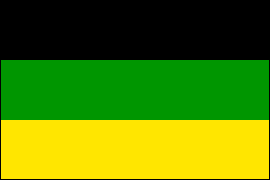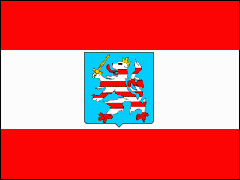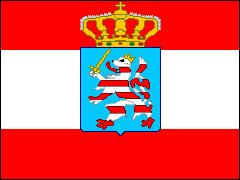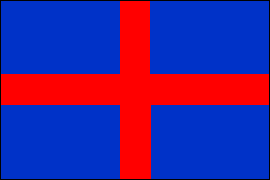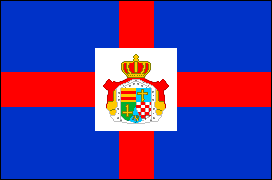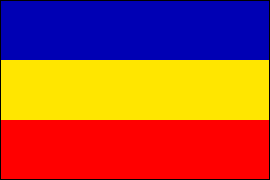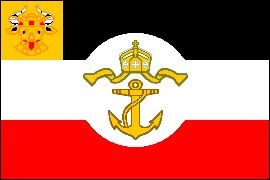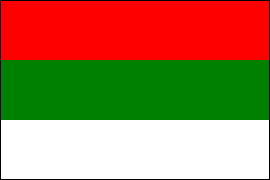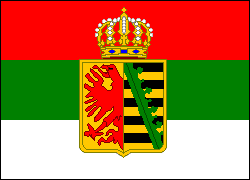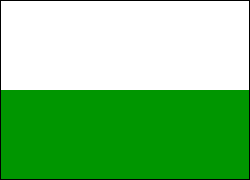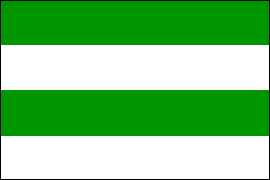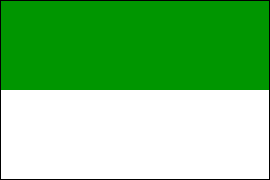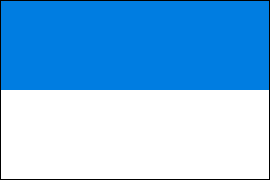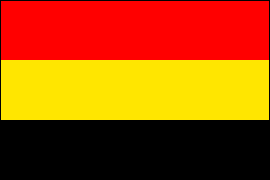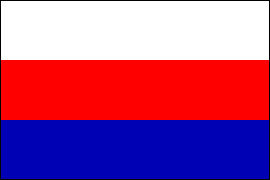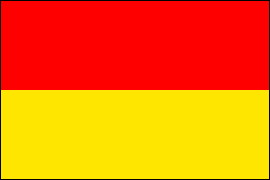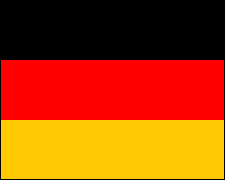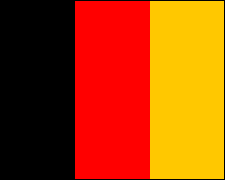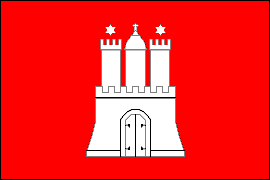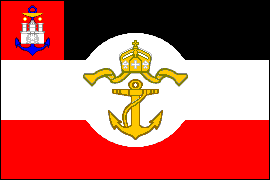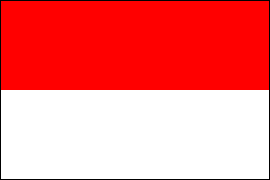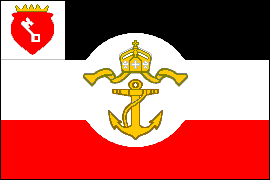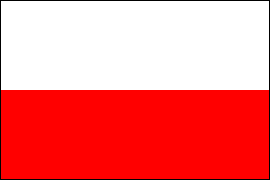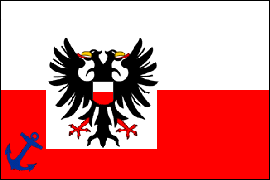GERMAN EMPIRE
FLAGS OF THE REICH & CONSTITUENT STATES
The German Empire (Deutsches Reich) was born on 18 January 1871, when King William I of Prussia was proclaimed German Emperor. The venue was the Hall of Mirrors in Versailles, still occupied by the Germans after their resounding victory in the Franco-Prussian War.
Formally, the new Reich was a federal constitutional monarchy established by a treaty agreement among the various German states. Its constitution was similar to that of the preceding North German Confederation, which had been drawn up by Otto von Bismarck, the Prussian minister-president who now became German Chancellor. The legislature, called the Reichstag, was elected by universal manhood suffrage. But in fact Germany was an autocratic state, with wide powers reserved for the Kaiser (Emperor) whose executive agent Bismarck was to remain for the next twenty years. The constitutional anomalies he promulgated, designed to preserve his imperial master's prerogatives and, not incidentally, to secure Bismarck's own grip on power, were eventually to prove Germany's undoing. Bismarck's system without Bismarck at the helm led the country he had created to disaster in the Great War.
Note on Flags and Flag Proportions: Most of the states of imperial Germany had flags of simple design based on their Landesfarben (state colors), usually derived from the state or princely coat of arms. Sometimes in addition to the Landesfarben flag there was a state flag for use by authorities; I have illustrated some of these. The flags shown here are of the final patterns adopted before the imperial regime came to an end. I have chosen to depict most of these flags in 2:3 proportions though probably sizes and proportions varied with the whims of flag makers. Where unusual proportions are known to have been specified, I have shown these.
Other Flags of Imperial Germany: See here for naval and military flags.
